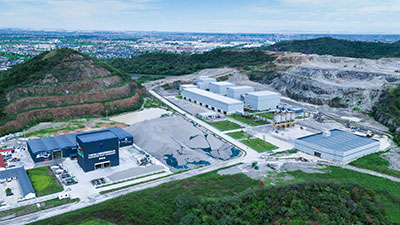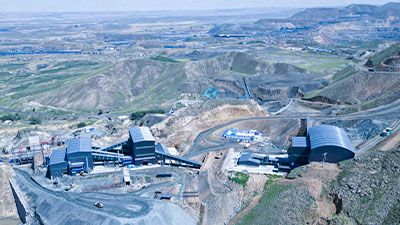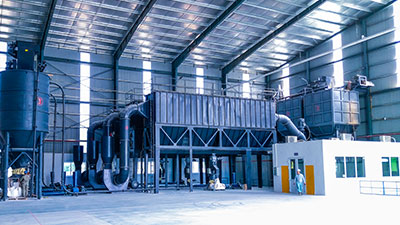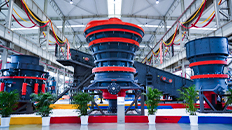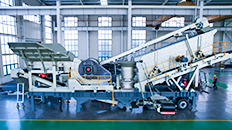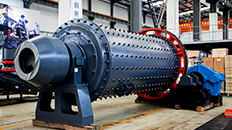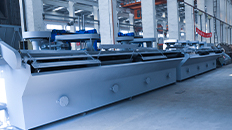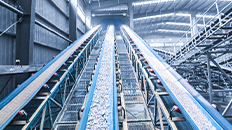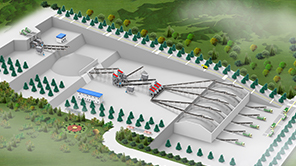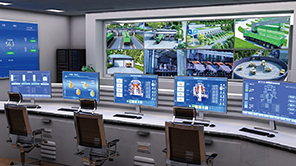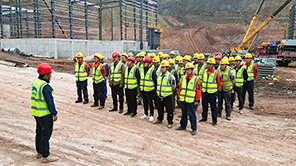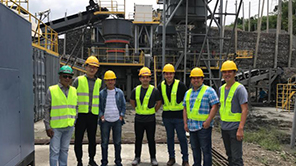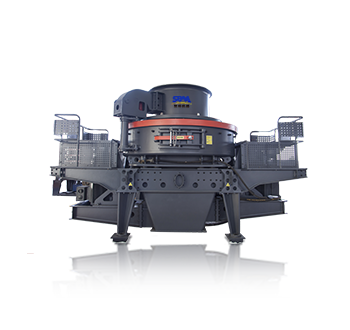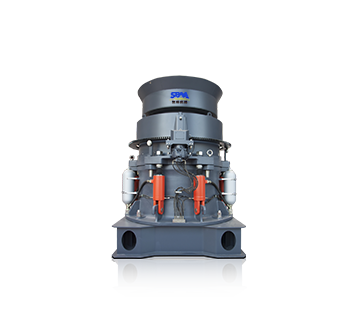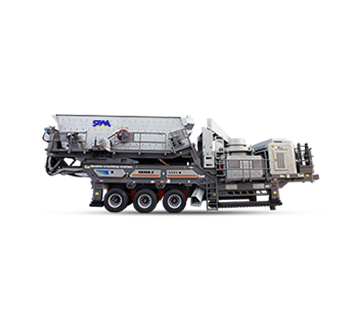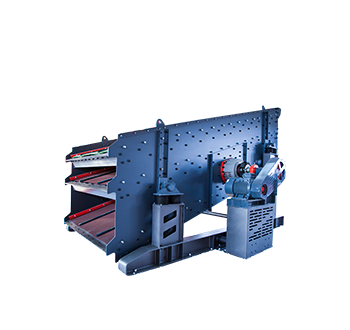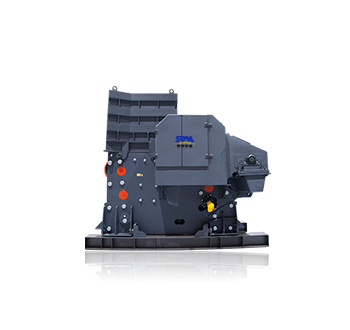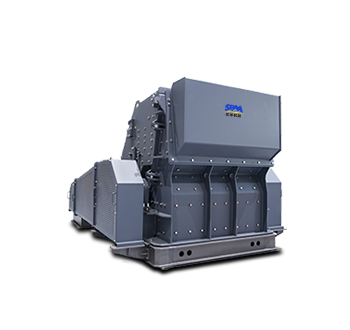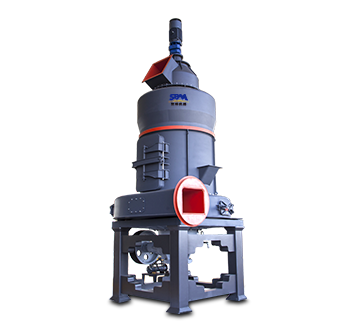Summary:According to China Aggregates Association, 10 ASEAN Countries and 15 countries including China, Japan, South Korea, Australia and New Zealand formally signed the agreement of Regional Comprehensive Economic Partnership (RCEP) on November 15th 2020.
According to China Aggregates Association, 10 ASEAN Countries and 15 countries including China, Japan, South Korea, Australia and New Zealand formally signed the agreement of Regional Comprehensive Economic Partnership (RCEP) on November 15th 2020. This marks the official conclusion of the world's largest free trade agreement. RCEP covers a population of more than 3.5 billion, accounting for 47.4% of global population. Beside, its domestic GDP accounts for 32.2 % of global GDP, and foreign part accounts for 29.1% of global foreign trade (data as of August 2019). On November 2nd 2021, the ASEAN Secretariat, the custodian of RCEP, issued a notice which announced that six ASEAN member states including Brunei, Cambodia, Laos, Singapore, Thailand and Vietnam, and four non-ASEAN member states including China, Japan, New Zealand and Australia had formally submitted their instruments of ratification to the ASEAN Secretary-General, reaching the threshold for the entry into force of the agreement. According to the agreement, RCEP will come into force for these 10 countries on January 1st, 2022 (later for the other five countries). The implementation of the RCEP will promote the rapid development of infrastructure construction and connectivity in ASEAN countries and bring new opportunities for the upgrading and high-quality development of the aggregates industry in various countries. There are many opportunities for aggregates industry and its equipment enterprises, which will have profound impact on Chinese aggregates industry.
December 7th, 2021, nearly 20 days before the official implementation of the RCEP, China-ASEAN Business Council and the RCEP Industrial Cooperation Committee hosted the meeting named "the Opportunity of RECP should be seized". Hu Youyi, president of China Aggregates Association, was invited to attend the meeting and he delivered a speech entitled "Opportunities for Aggregates industry Cooperation under RCEP".
Xu Ningning, executive director of the China-ASEAN Business Council, president of the RCEP Industrial Cooperation Committee, said at the meeting: “RCEP is a result of free trade and multilateral cooperation in line with the trend of development. It is a major step to promote regional economic integration, growth potential and the trade investment among countries. RCEP will also contribute to the economic growth and regional stability of countries that signed it (RCEP Countries). Besides, each country can make his own efforts to the world’s economic development.”
Xu Ningning also pointed out that the implementation of the RCEP would bring us new changes, situations, opportunities as well as new challenges. He put forward 5 suggestions on how to seize the opportunity and cooperate among various industries. We should make good use of RCEP rules, combine building a new development pattern with seizing RCEP opportunities, and carry out targeted cooperation of business associations, various industries and trade in services with RCEP Countries.
Hu Youyi, president of China Aggregates Association, analyzed the opportunities of cooperation among aggregates industry under RCEP, and put forward 4 measures that China Aggregates Association will take in the future in order to face the implementation of RCEP.
Distinguished Guests, Ladies and Gentlemen,
Hello, everyone!
The Regional Comprehensive Economic Partnership (RCEP) was signed on 15th November 2020, and it has been the most important achievement of economic integration construction for East Asia and Southeast Asia in the past 20 years. RCEP will have the profound impact on regional trade, investment and development for 15 RCEP Countries and promote China’s cooperation with ASEAN Countries, Japan, South Korea, Australia and New Zealand in connectivity and infrastructure construction.
Sand and stone are the largest raw materials for basic construction in all countries. China is the world's largest producer and consumer of aggregates, so the aggregates industry is a huge industrial system. Its consumption is about 20 billion tons per year, accounting for 50% of the world, and its output value is more than 2 trillion yuan.
Nowadays, sand and stone resources play a more and more important role in the economic and social development for all countries. In recent years, China's central and local governments attach great importance to the development of the aggregates industry. The ten and fifteen departments of the national government have issued guiding opinions on comprehensive upgrading, green and high-quality development for traditional aggregates industry.The 15 RCEP Countries, especially the 10 ASEAN Countries, have great potential in aggregates industry cooperation. China has advanced technologies and concepts in crushing equipment and green mine construction, while ASEAN countries are rich in resources and have a strong demand for infrastructure construction. Therefore, China and ASEAN countries can realize the common development of aggregates industry.
The China-Laos Railway, from Kunming in China to Vientiane in Laos with total length of 1035 km, started to run officially on December 3rd. The construction needs more than 100 million tons of aggregates when each kilometer of the railway needs 80,000 tons. In fact,
There are 93 tunnels and 136 bridges in the China’s part of China-Laos Railway alone, which requires for a large amount of high-quality aggregates. We have constructed such large-scale projects based on Chinese and foreign cooperation before, such as Mombasa-Nairobi Railway in Kenya, 19.2 km-long Kamchik Tunnel of the Anglian-Papu Railway in Uzbekistan, Hungary-Serbia Railway and so on.
With the depletion of natural sand resources, the improvement of ecological protection requirements and the continuous increase demand of sand for construction, the natural sand has been gradually replaced by manufactured sand. At present, China's manufactured sand has accounted for 70% of the construction sand. It plays a vital part in alleviating the shortage of sand supply under the background of developing manufactured sand, building green mine, changing utilization mode of stone resources, improving the efficiency of resource usage, and coordinating the relationship between resource exploitation and ecological protection. All ASEAN countries can learn from this experience.
China has been building green mine for more than 10 years, and has advanced technologies in mining and processing materials, protecting environment and recycling solid waste. With the development of regional economy along the Belt and Road, it brings opportunities for the cooperation between crushing equipment and sand enterprises in China and other countries. Excellent sand and stone enterprises in China can provide technology services and supports for green mine construction in ASEAN Countries. Besides, China has advanced technology, which can meet the demand of high-quality sand for the construction of infrastructure projects in ASEAN Countries.
With the development of the RCEP, China and ASEAN Countries have great potential for cooperation in 5G smart mine, green mine construction, export of high-quality aggregates, and investment for plant construction.
RCEP Countries should seize this opportunity to strengthen industrial cooperation and promote the transformation of the traditional aggregates industry, the connectivity of transport facilities and the high-quality economic development of all countries.
As the RCEP is about to come into force, we, as business associations, should take active measures to fully understand and make good use of its opening commitments, rules and provisions. We should promote high-quality development of the industrial economy.
Firstly, we should provide intelligent, accurate and convenient services for enterprises to fully "enjoy benefits" while "avoid risks".
Secondly, we should accelerate independent innovation and set standards for the manufacturing industry to improve its international competitiveness.
Thirdly, we should build the bridge between governments and enterprises and encourage them to "bringing in" and "going out".
Finally, we should study the RCEP issue actively and contribute to the building of a higher-level free trade area.
Other industry associations and other countries’ leaders of embassy in China analyzed the opportunities brought by RECP and shared their opinions. At the end of the meeting, Xu Ningning summarized that this meeting aimed to implement the relevant instructions of the 3 Executive Meetings of The State Council about the implementation of RECP. Every associations’ speeches will be shared by the institutions of relevant RCEP Countries. Thank you for your participation.

